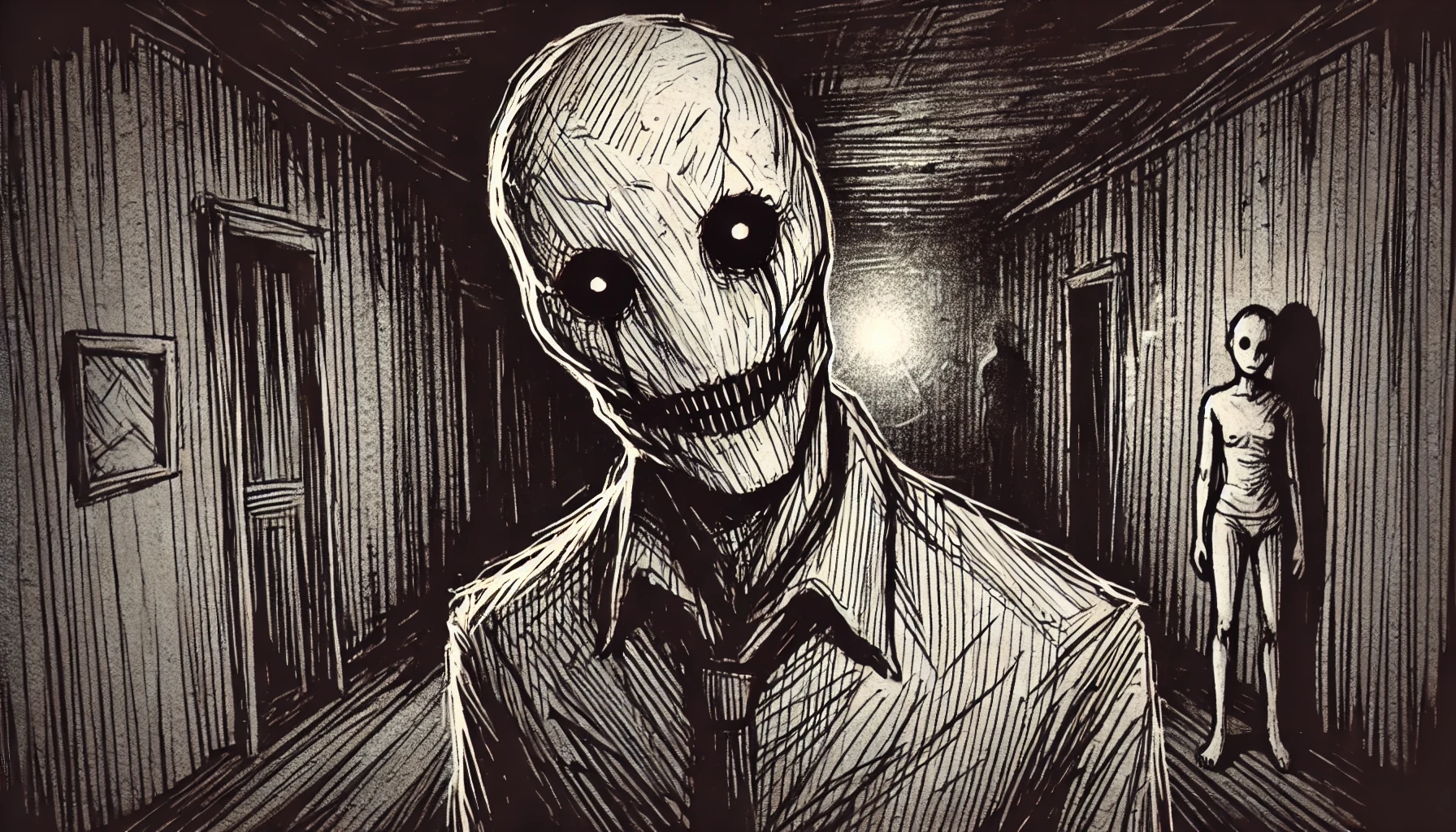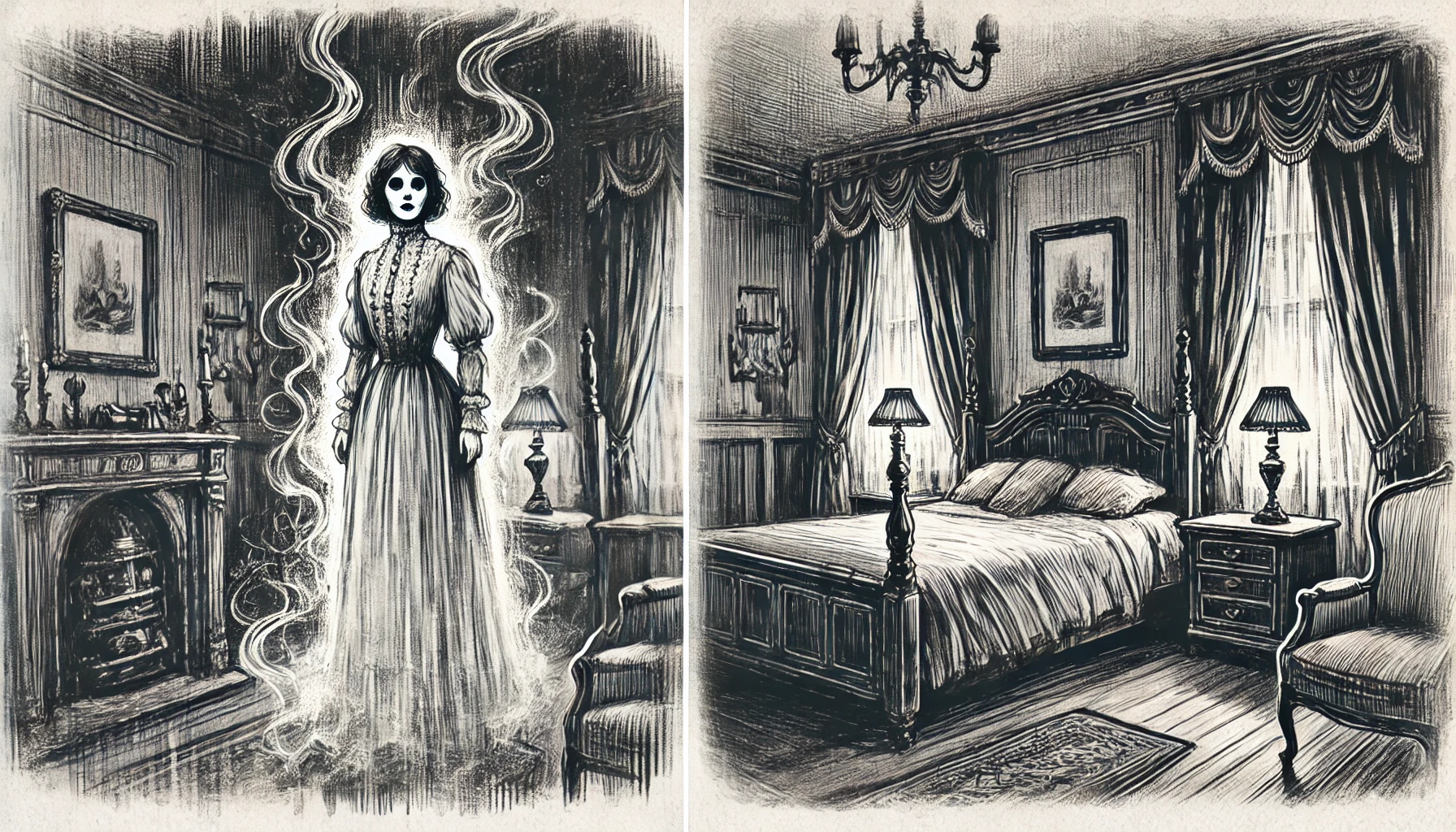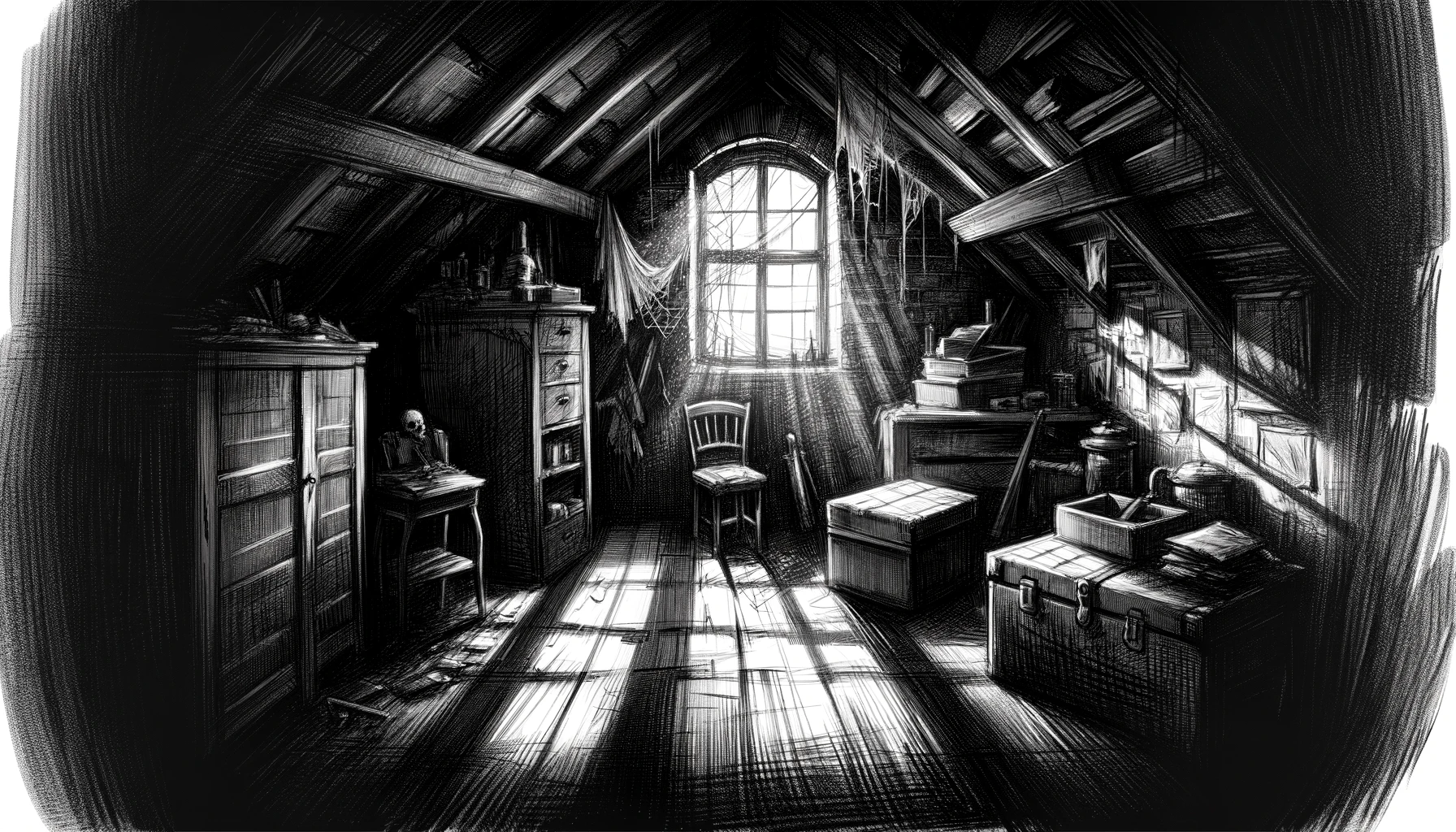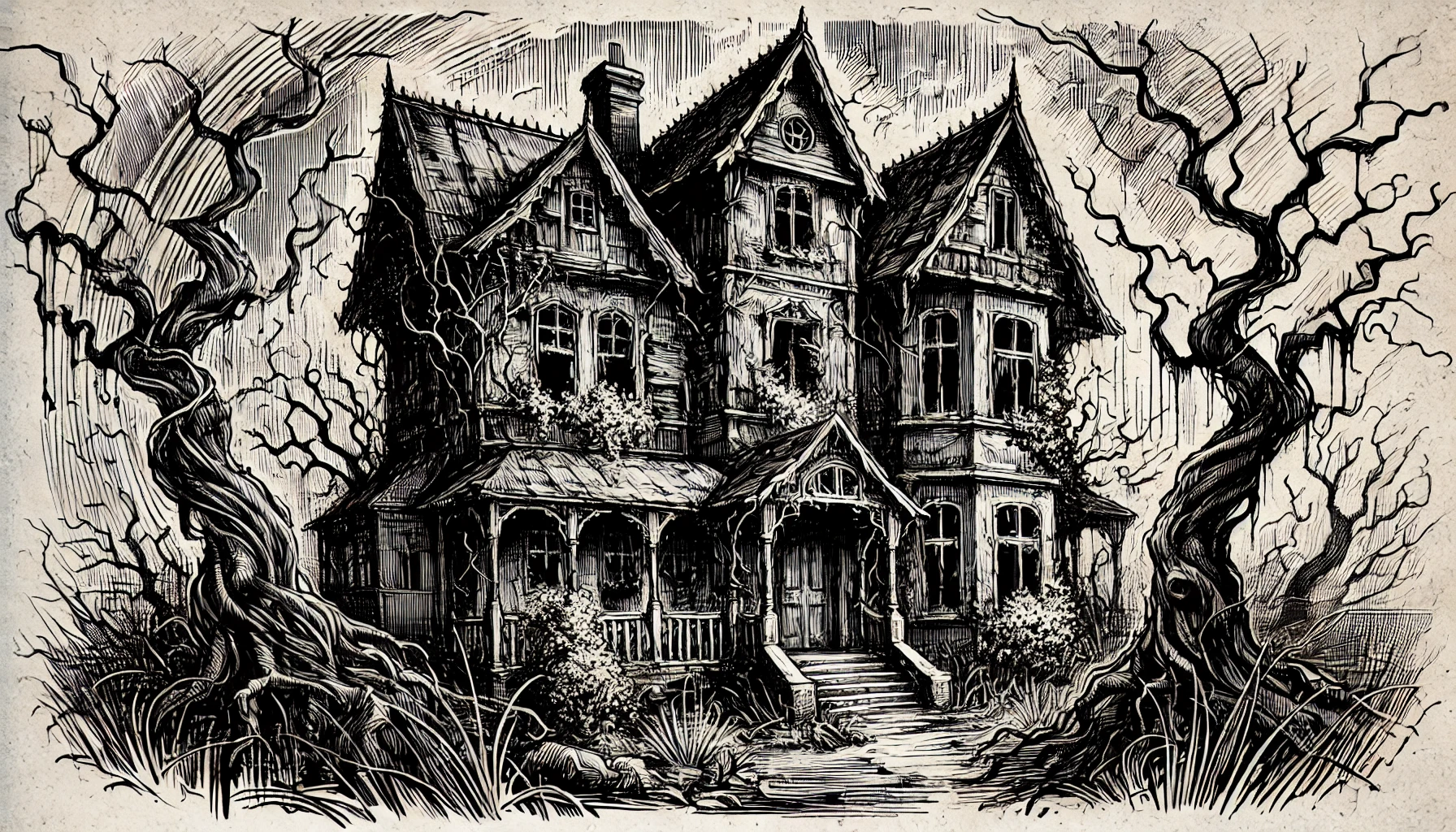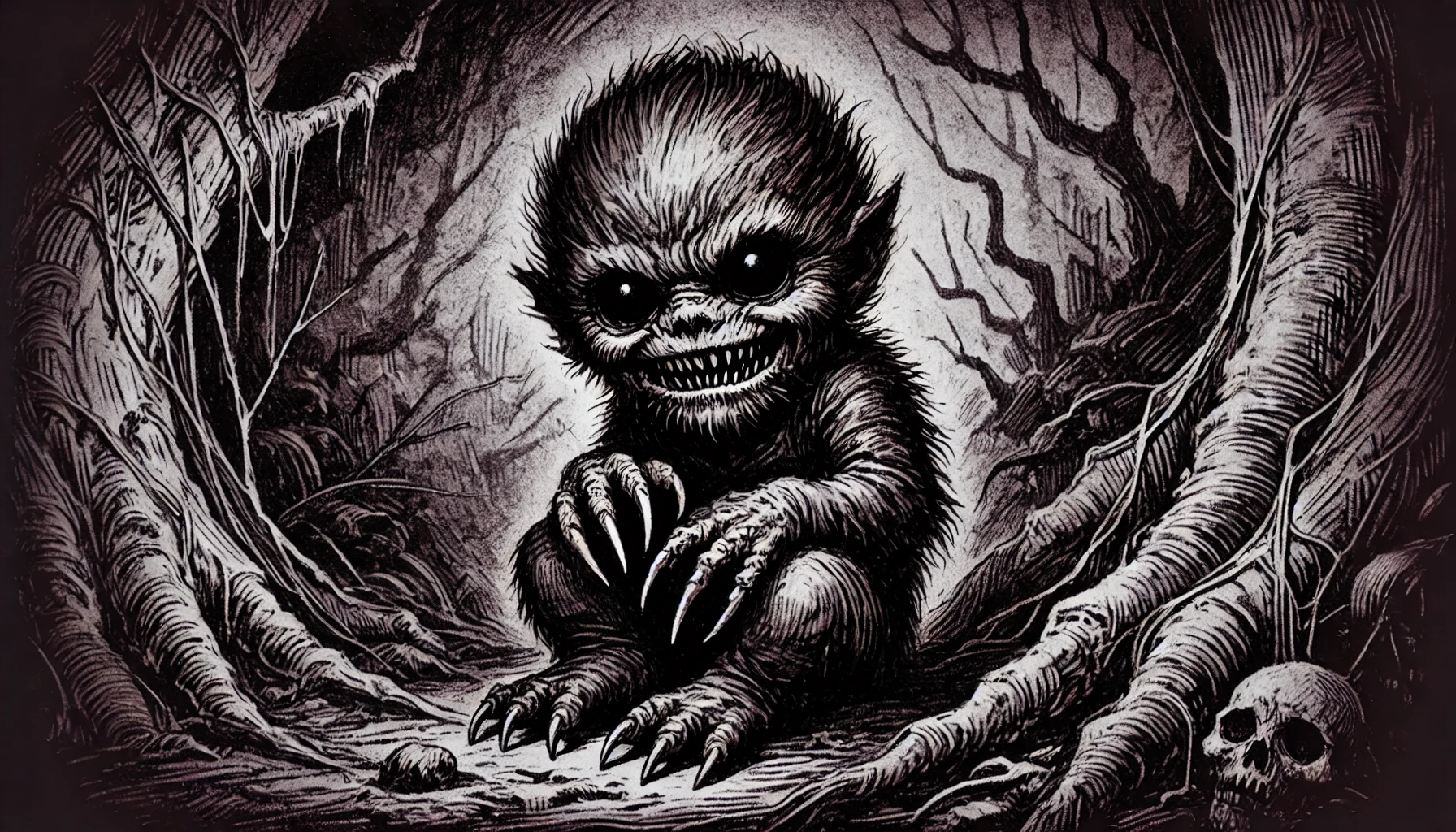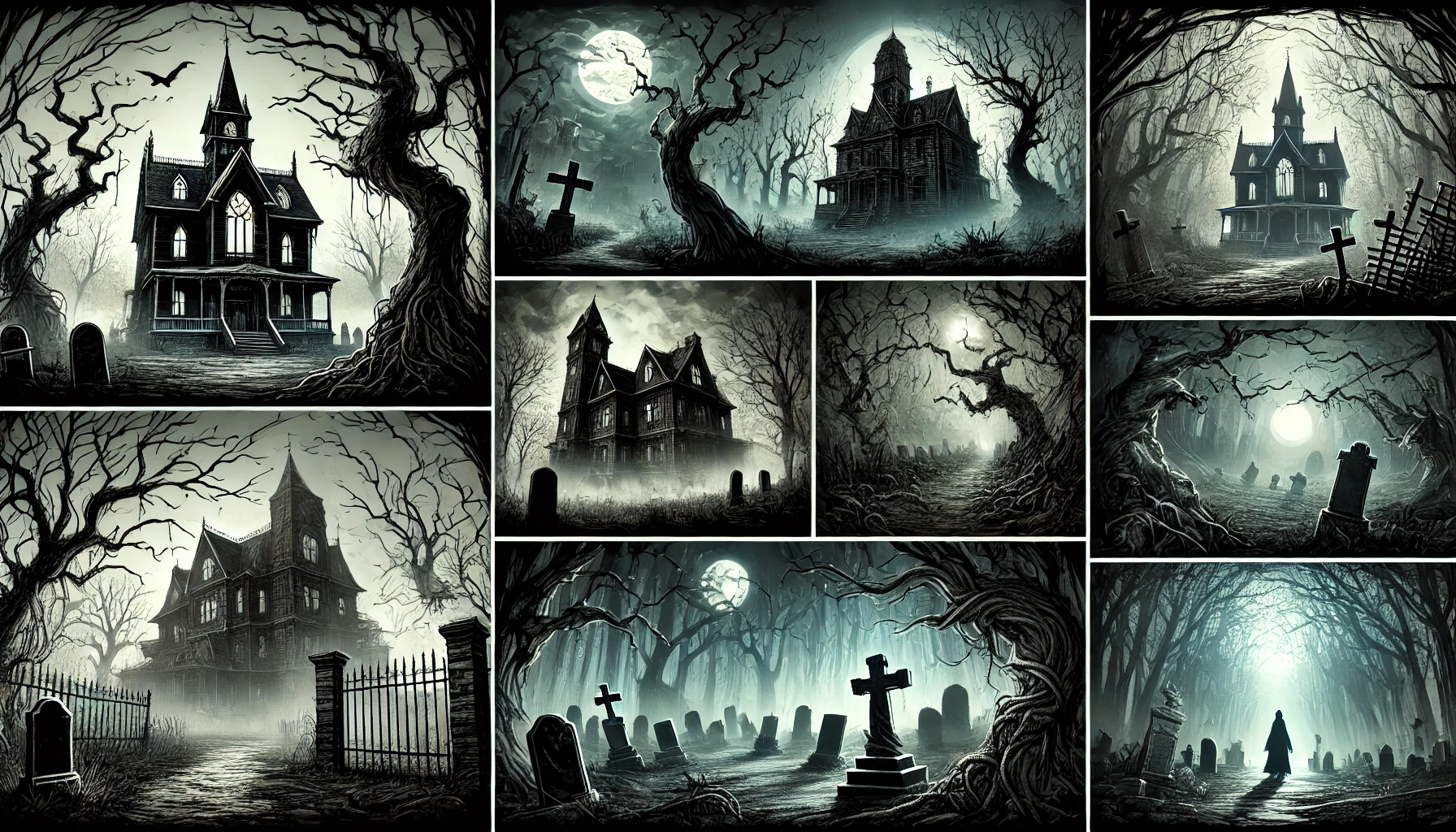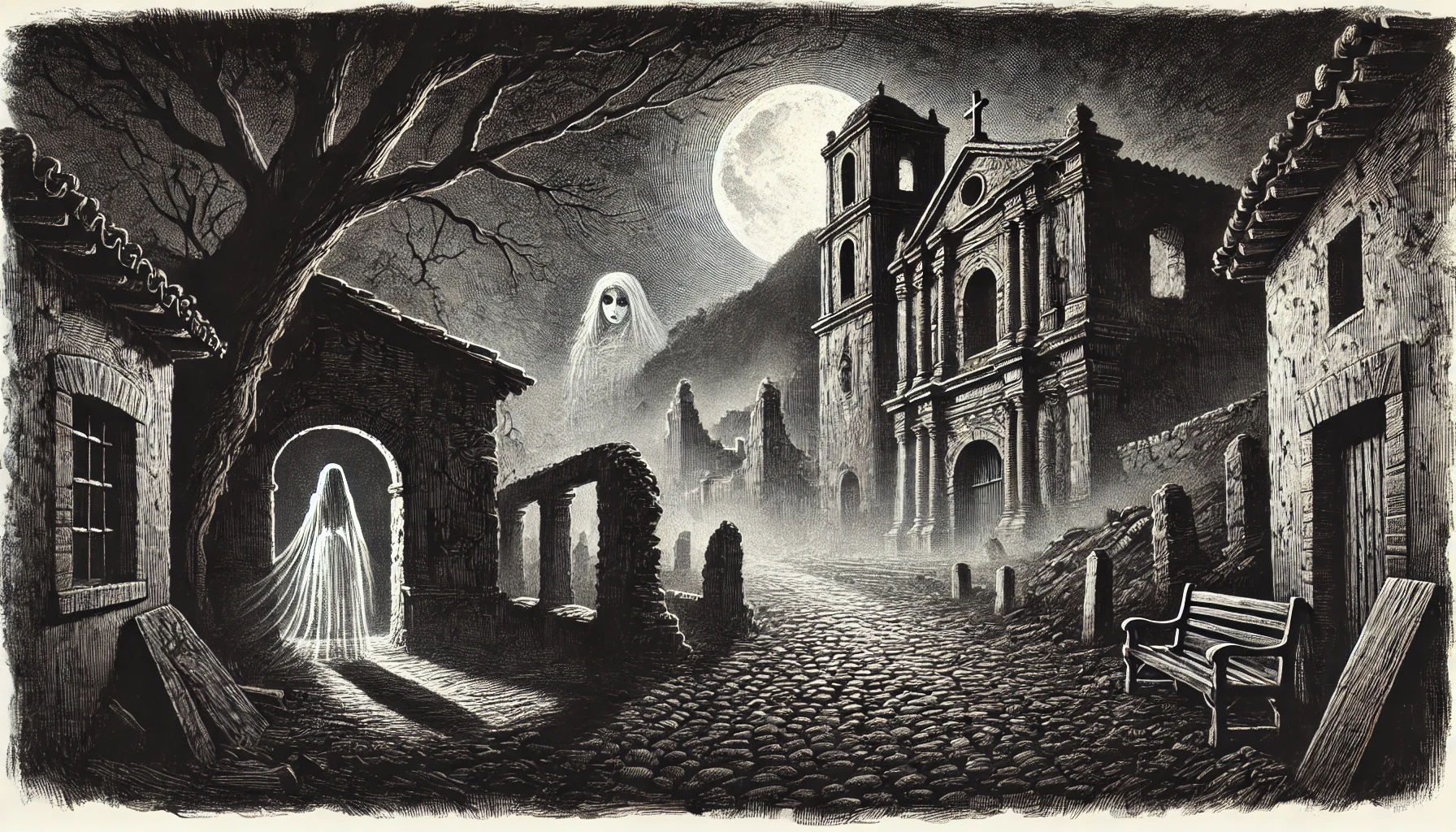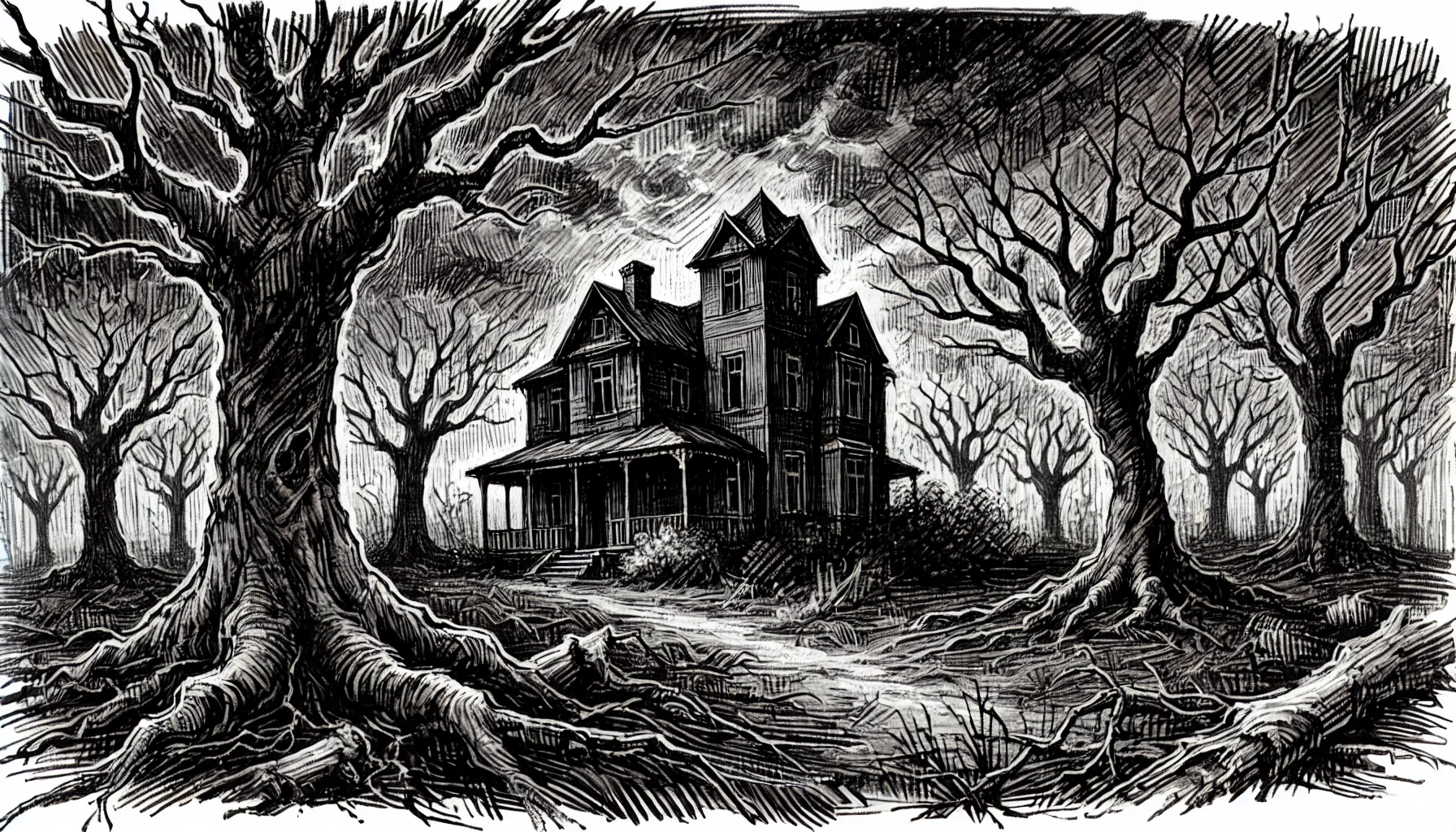They say that sometimes, just before dawn, a shadow enters our dreams. It’s subtle at first, creeping in on the edges, an unwelcome guest settling uncomfortably close to us. We lie there, half-awake, feeling the weight of something indescribable—an invisible force pinning us down, leaving us paralyzed and vulnerable. The air grows dense, almost stifling, and a distinct chill settles in. We can’t move; our breaths come in short, frantic bursts as we fight against the impossible grip of this unseen intruder. But no matter how hard we try, it’s all futile. We are locked in place, frozen.
Welcome to the world of sleep paralysis—a realm of strange encounters, haunting apparitions, and unanswered questions that, for centuries, have left those who experience it questioning reality itself. Some call it a medical anomaly, an unfortunate glitch in the mind’s complex machinery as it transitions from sleep to wakefulness. But for many others, especially in places like the Philippines, it’s something else entirely. It’s a dance with the supernatural, a fleeting yet terrifying glimpse into a world beyond our own.
In our first episode of The Stories Philippines Podcast, we introduced you to a listener who knew this feeling all too well. Living in a secluded house in the rural town of Silang, Cavite, they often found themselves plagued by this unsettling phenomenon. But this wasn’t just sleep paralysis, as the scientists might call it; no, this felt far more sinister. And for those brave enough to listen, it’s a story that takes us to the heart of a timeless debate: are these episodes mere hallucinations, or is there something truly supernatural at play?
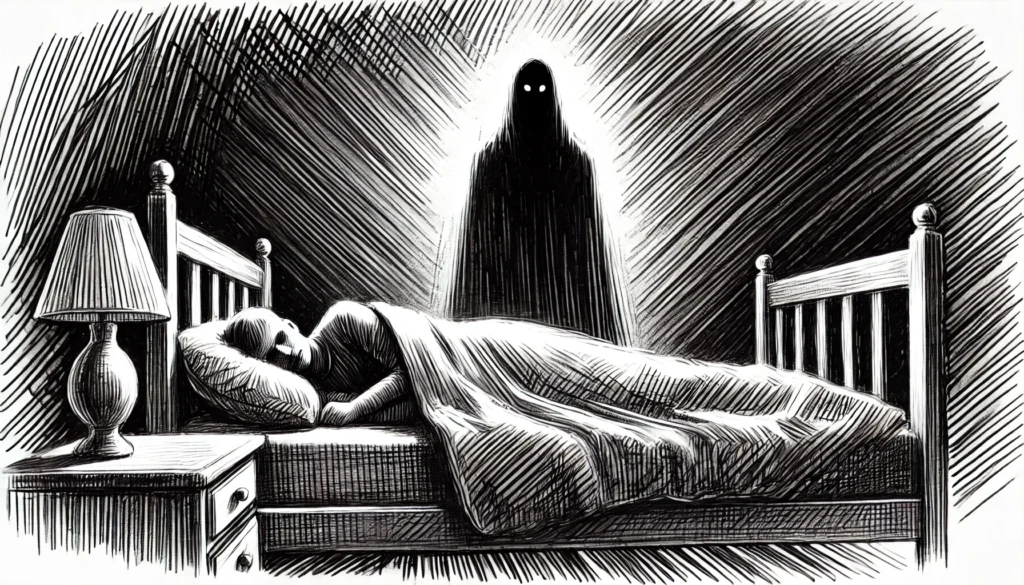
The Science Behind Sleep Paralysis
The clinical explanation for sleep paralysis, while intriguing, lacks the terror of real experience. It’s said to occur during REM sleep, the phase where dreams are vivid and our minds are most active. During this stage, the body remains still—paralyzed by design, a safeguard to keep us from physically acting out our dreams. But sometimes, the mind wakes up before the body can catch up, leaving us trapped in a strange in-between state where we’re conscious but immobile, still under the influence of our dream state.
To a neuroscientist, this phenomenon is simple. It’s a lapse in the brain’s systems, a transitional error between sleep stages. The shadowy figures, the sense of pressure on the chest, the feeling of dread—all of these are just figments of an overactive imagination caught halfway between sleep and wakefulness. They would say it’s nothing more than a hallucination.
But, of course, science can only explain so much. It doesn’t account for the dread that feels almost primal, the overwhelming sense of an otherworldly presence, or the way these experiences seem to happen more often in places with…a certain reputation. Like the house in Cavite—a place that locals regarded with whispered superstitions, a place where shadows seemed to linger a little too long.
A Cultural Perspective: The “Bangungot” and Other Legends
In the Philippines, sleep paralysis is often called bangungot, a word that implies more than just a bad dream. It’s a warning, a reminder of the unseen forces lurking just out of sight. Many Filipinos believe that a bangungot isn’t simply a neurological hiccup; rather, it’s a brush with the supernatural, a moment where the soul becomes vulnerable to forces beyond our control.
There are many stories passed down through generations—stories that hint at a realm just beyond our understanding. Some say that during a bangungot, spirits or demons try to possess the soul, taking advantage of the mind’s dream-like state to infiltrate the body. Others believe that during these episodes, a deceased loved one or spirit is trying to communicate, bridging the gap between worlds in a way that only those trapped in the half-state can experience.
In the case of our listener, the experiences were frequent and relentless. Each time they drifted off to sleep in the afternoon, the creature would appear. It was faceless, with long, wild hair, and it stood silently at the foot of their bed. The listener described it as something both familiar and foreign, as if it had been watching them for years, silently observing. It was a chilling presence, the kind that left them feeling helpless and vulnerable. And no matter how many times it happened, they could never shake the feeling that this was more than just a dream.
In Filipino folklore, these shadowy figures are sometimes thought to be spirits of the engkanto—mystical beings who reside in trees, rivers, and other natural features. Known for their mischievous or even malevolent nature, engkanto have been blamed for everything from mysterious illnesses to strange encounters during sleep. It’s said that if you live in a place with a particularly strong engkanto presence, you may find yourself plagued by visits from these spirits, often during the night when the boundaries between worlds are at their thinnest.
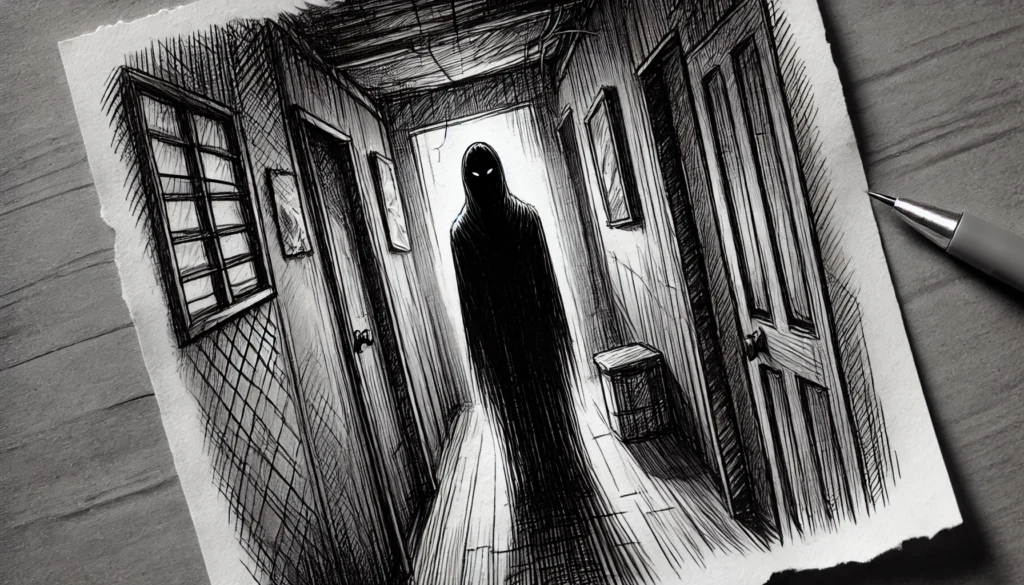
The Unseen Entity: A Personal Encounter
Our listener’s encounters weren’t just limited to sleep paralysis. One evening, while feeling slightly tipsy but far from intoxicated, they experienced something far more physical. In a moment that would stay with them forever, they felt a sudden, forceful push while standing alone in the bathroom. Their face slammed against the wall, and they could feel an invisible hand pressing them into the cold surface, almost as if something unseen was mocking their vulnerability.
This was no mere figment of the imagination, they insisted. The bruises and scratches on their face were evidence enough. They knew that whatever it was—the same faceless entity from their sleep paralysis episodes—had returned. This time, it wasn’t content with watching from afar.
For some, an experience like this would be an anomaly, a moment of misjudged balance or a trick of the mind. But for others, especially those who grew up in places steeped in folklore, it was a warning. The unseen entity had grown bolder, crossing from the dream world into the physical realm, blurring the lines between reality and the supernatural.
Otherworldly Explanations: Spirits, Demons, and Folklore
Throughout history, cultures across the globe have tried to explain the terrifying experience of sleep paralysis. In Japan, it’s known as kanashibari, a phenomenon caused by spirits binding their victims in sleep. In China, they refer to it as “the ghost pressing down,” where a spirit presses on the sleeper’s body, rendering them immobile. And in the West, we know of the “Old Hag,” a ghostly crone who sits on a sleeper’s chest, squeezing the breath out of them.
Each culture has its interpretation, but the one commonality is the presence of something unseen, something supernatural, taking advantage of our most vulnerable state. Perhaps this is the very essence of sleep paralysis—a moment where we’re caught between worlds, neither awake nor fully asleep, giving these entities a brief but powerful access to our world.
But in the Philippines, it goes deeper. Stories of sleep paralysis are tied to specific places, often locations with a dark or violent past. Houses with histories of tragedy, forests rumored to be inhabited by kapre, or balete trees said to house spirits—all of these are places where sleep paralysis is said to occur more frequently. The house in Cavite fits this pattern perfectly, an isolated structure surrounded by dense woods and whispered stories of spirits lurking in the shadows.
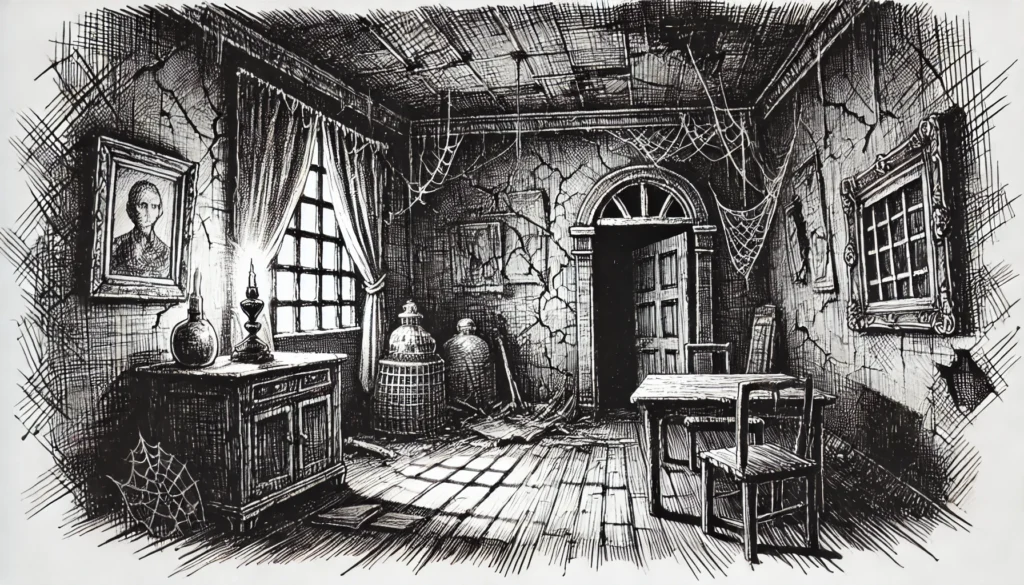
Rationalizing the Supernatural
Despite these tales, there is a scientific explanation. The shadow figures, the pressure on the chest, the sense of dread—it’s all a product of the brain, a complex misfire as it transitions from sleep to wakefulness. To the skeptics, these episodes are nothing more than an internal horror show, the mind’s cruel trick on itself.
And yet, for those who experience it, the fear lingers long after the paralysis fades. They can still feel the icy touch, see the figure at the foot of the bed, hear the faint whispers echoing through the silence. Science may offer an explanation, but it doesn’t take away the memory, the unmistakable sense that something else was there. It doesn’t account for the scratches on our listener’s face, the bruises left behind after their encounter with the unseen force in the bathroom.
When Belief Becomes Reality
The Philippines is a land steeped in belief, where superstition and religion coexist, and where unseen forces are given respect—whether you believe in them or not. For those who live in haunted places or experience strange encounters in the night, belief in the supernatural becomes a part of life. It’s woven into the fabric of society, an unspoken understanding that some things are better left unexplained, some places better left undisturbed.
Our listener’s story is just one of many, a reminder that sometimes, science and superstition blend into something neither can fully explain. For every person who dismisses sleep paralysis as a quirk of the mind, there’s another who knows, deep down, that they felt something real. And maybe, just maybe, they’re both right.
A Final Reflection

As we leave the haunted house in Cavite and turn our gaze to the shadows, we’re left with more questions than answers. Is sleep paralysis simply a glitch in the mind’s wiring, or is it a doorway to something far darker? Do the unseen entities that linger at our bedsides belong to the realm of dreams, or are they glimpses of a world we’re not meant to see?
Perhaps the answer lies somewhere in between, in the space where fear and faith intersect. And perhaps it’s in that liminal space that these unseen entities find their power, a place where they can exist just beyond our reach, haunting our dreams and our reality alike.
So, next time you find yourself waking in the dead of night, frozen in place, feeling the weight of an invisible presence on your chest—remember the stories, remember the legends, and perhaps remember to leave the shadows undisturbed. For in that darkness, something might just be watching back.
Listen now to the Episode 1 if you haven’t already.


